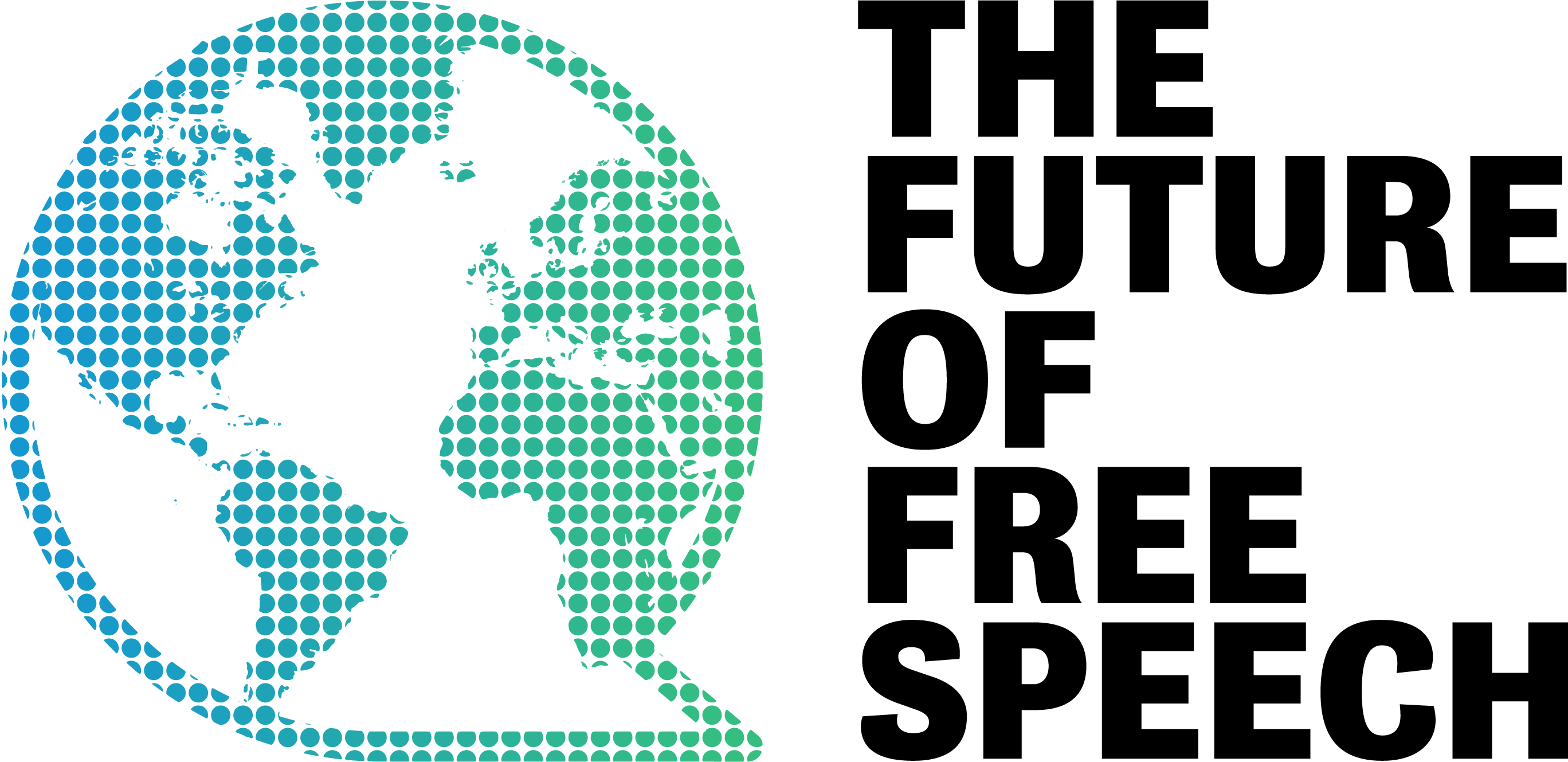
By Karla Adam and Kate Brady
But behind Washington’s finger-pointing lies a difficult debate that is roiling many European countries: Have governments gone too far in curbing free expression when it comes to hate speech and intentional misinformation — including political propaganda and election meddling by foreign adversaries — or have they built more responsible tools to safeguard democracy?
[ . . . ]In her book “Hate Speech and the European Court of Human Rights,” Natalie Alkiviadou, a researcher affiliated with the Future of Free Speech, a think tank based at Vanderbilt University in Tennessee, argues that Europe’s top human rights court has sent mixed signals on free expression.
Alkiviadou points to the 1976 case Handyside v. United Kingdom, which affirmed that free expression covers ideas that “offend, shock or disturb,” but notes later cases, such as the 2009 Belgian ruling against anti-Islam leaflets, suggest a lower tolerance for offense.
She doesn’t argue for copying America’s First Amendment and instead emphasizes Europe’s distinct historical context; its memory of fascism and genocide has contributed to a lower tolerance for hate speech. But her book urges the court to “recalibrate” its hate-speech rulings around a high threshold of harm. “Only the most harmful expressions,” she wrote, should “fall outside of the protection of Article 10.”
Read MoreNatalie Alkiviadou is a Senior Research Fellow at The Future of Free Speech. Her research interests lie in the freedom of expression, the far-right, hate speech, hate crime, and non-discrimination.

